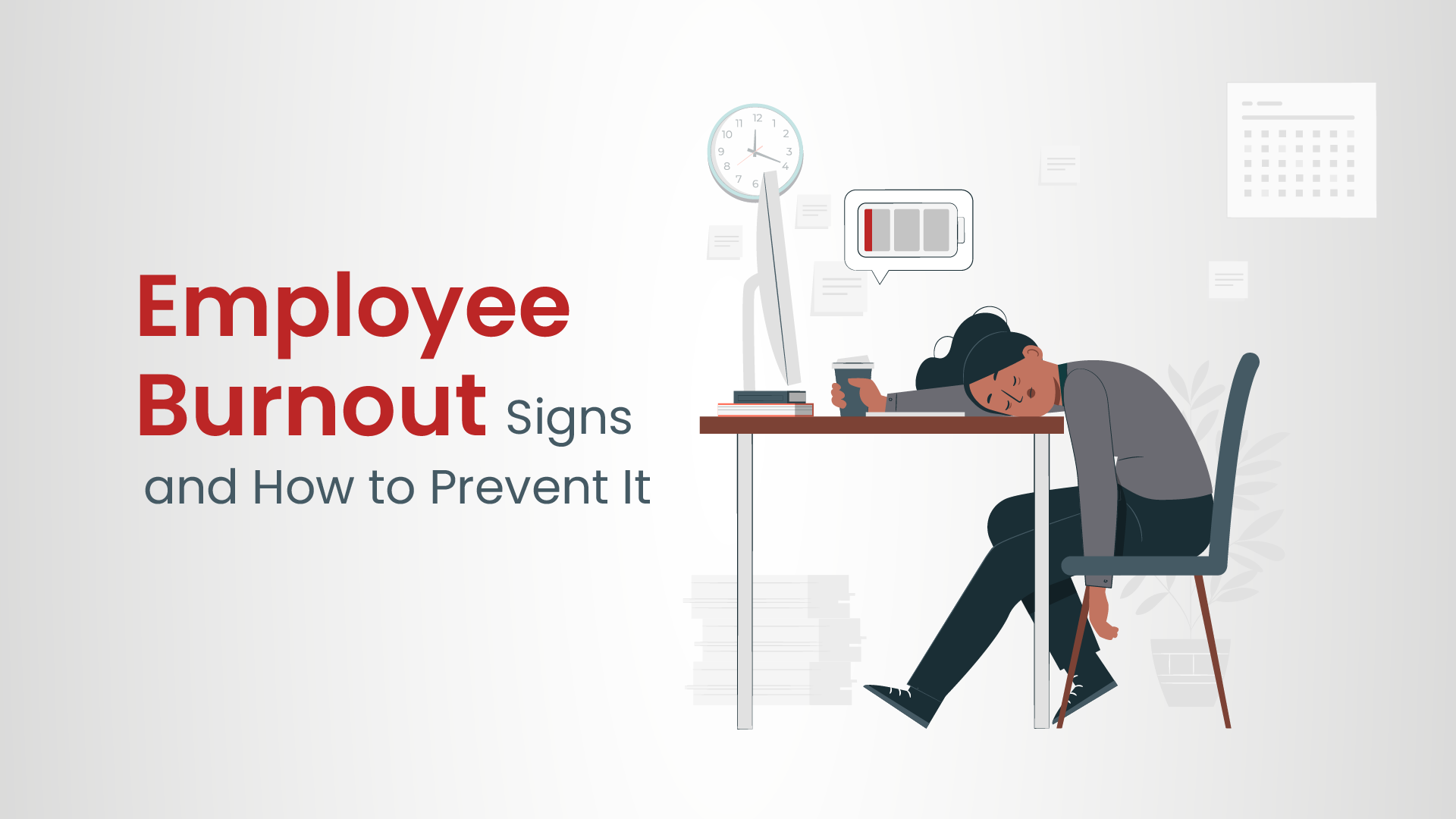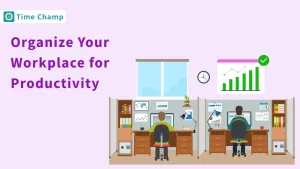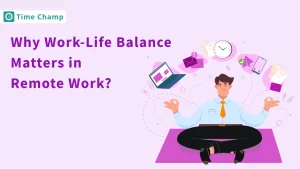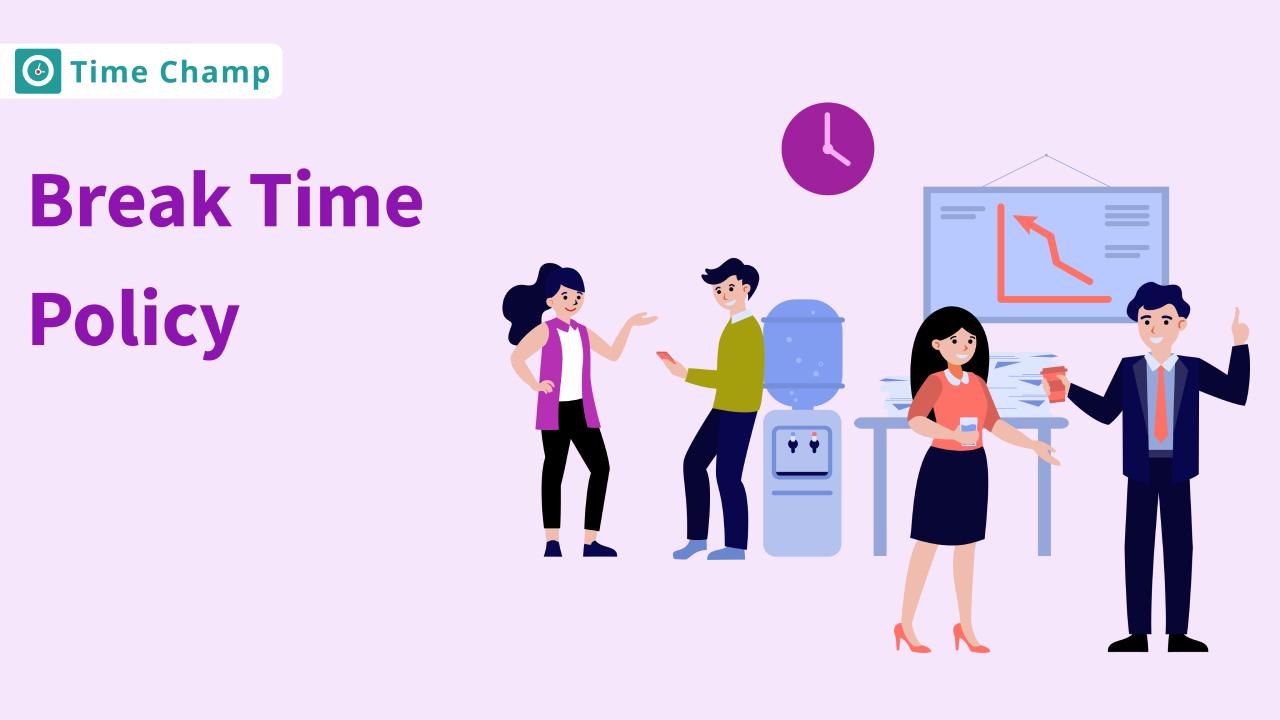The cause
of employee burnout has become
very common these days.
Employees are getting burned out
during the working hours for
several reasons. It has become a
prevalent issue and is
increasing day by day. It can
affect the employees’
well-being and also the
productivity of
companies
The reasons for
burnout may include work-life
imbalance, feeling out of
control, unrealistic work
expectations, and many more. As
an employer, it’s
essential to be aware of
employee burnout
signs and take proactive steps
to prevent it. In this blog,
we’ll explore the various
symptoms of burnout and discuss
practical strategies to keep it
at bay.
Understanding Employee Burnout
Before starting with the signs and prevention strategies, it’s important to understand employee burnout. Burnout can be caused due to physical, emotional, and mental exhaustion, leading to excessive stress and an overwhelming workload. It’s not a temporary feeling of fatigue, but the issue can have severe consequences for individuals and organizations alike
Signs
of Employee Burnout
1. Constant Fatigue
One of the most common signs of burnout is persistent physical and mental exhaustion. Employees may feel tired even after a whole night’s sleep, and this fatigue doesn’t improve with rest.
2. Decreased Work Performance
Burnout
often leads to a noticeable
decline in work performance.
Employees may need help to meet
deadlines, make more mistakes,
and show a lack of enthusiasm
for their tasks
3. Increased Irritability
Burnout can make individuals more irritable and impatient. They may snap at colleagues or become less tolerant of minor inconveniences.
4. Withdrawal from Work
Burnout can cause employees to withdraw emotionally and socially from their work environment. They may isolate themselves from colleagues, stop participating in team activities, or avoid social interactions at work.
5. Cynicism and Negativity
Burnout often leads to a negative outlook on work and life in general. Employees may become cynical about their jobs, coworkers, or the organization’s goals and values.
6. Physical Symptoms
The physical symptoms of burnout may include headaches, stomachaches, and muscle tension. These symptoms are often linked to burnout and shouldn’t be ignored.
7. Loss of Motivation
Employees
experiencing burnout may
lose their sense of
purpose and motivation.
They may no longer find
joy or fulfillment in
their work, creating a
sense of
hopelessness.
8. Increased Absenteeism
Burnout
can result in more
frequent sick days or
absences from work as
employees struggle
to cope with their
physical and emotional
symptoms.
9. Difficulty Concentrating
The mental fatigue associated with burnout can make concentrating and staying focused on tasks challenging, leading to decreased productivity.
10. Lack of Personal Care
Burnout often causes individuals to neglect self-care routines. They may stop exercising, eat poorly, or not get enough sleep, exacerbating their physical and emotional exhaustion.
Strategies for Preventing Employee Burnout
Recognizing the signs of burnout is the initial step toward prevention. Once you’ve identified the symptoms, taking proactive measures is crucial to create a healthier work environment. Here are some effective strategies for preventing employee burnout:
1. Promote Work-Life Balance
Encourage employees to have clear boundaries between work and personal life. Avoid sending work-related emails or messages during non-working hours and respect their need for downtime.
2.
Set Realistic
Expectations
Ensure that workload and deadlines are manageable. Be realistic about what can be accomplished within a given timeframe, and don’t overload employees with excessive tasks.
3. Foster a Supportive Culture
Create an organizational culture where employees feel supported and valued. Promote open communication, provide opportunities for feedback, and encourage employees to seek help when needed.
4. Offer Flexibility
Allow employees flexible work arrangements, such as remote or flexible hours. This flexibility can help individuals better balance their work and personal commitments.
5. Provide Growth Opportunities
Invest in
the professional development of
your employees. Offering
training, mentorship, and
opportunities for advancement
can boost their motivation and
engagement.
6. Recognition and Appreciation
Regularly recognize and appreciate your employees’ contributions. A simple “thank you,” or acknowledgment of their hard work can go a long way in boosting morale.
7. Health and Wellness Programs
Start with
health and wellness
programs in the
workplace, such as yoga classes,
stress management workshops, or
access to counseling services.
These initiatives can help
employees
manage stress
effectively.
8. Encourage Breaks
Give
employees the freedom to take
regular breaks throughout the
day to recharge. Short breaks
can improve focus and
productivity while reducing
feelings of
burnout.
9. Promote Social Interaction
Foster
a sense of community among
your employees. Encourage
team
bonding
activities and social events
to strengthen relationships
and reduce feelings of
isolation.
10. Lead by Example
As
a leader or manager, set
a positive example by
practicing self-care and
maintaining a
healthy work-life balance. Your
behavior can influence
the overall work
culture.
11. Monitor Workload
Keep a close eye on the workload of your team members. If someone is consistently overwhelmed, consider redistributing tasks or providing additional support.
12. Regular Check-Ins
Schedule
regular one-on-one
check-ins with your
team members to
discuss their
workload, concerns,
and career
aspirations. This
demonstrates
your commitment to
their well-being and
growth.
Conclusion
Employee burnout is a significant issue that affects both individuals and organizations. Recognizing the burnout signs and taking proactive steps to prevent it is essential for maintaining a healthy and productive work environment. By promoting work-life balance, offering support and flexibility, and creating a culture of appreciation and well-being, you can help your employees thrive and avoid the detrimental effects of burnout. Remember that preventing burnout isn’t just a responsibility; it’s an investment in your team’s long-term success and happiness.
Make your free time and schedule a demo with our Time Champ product. You can make accurate decisions after completing the demo session. You can get the software with the most advanced features and have the option to customize it as per your company’s requirements.
Also Read:








